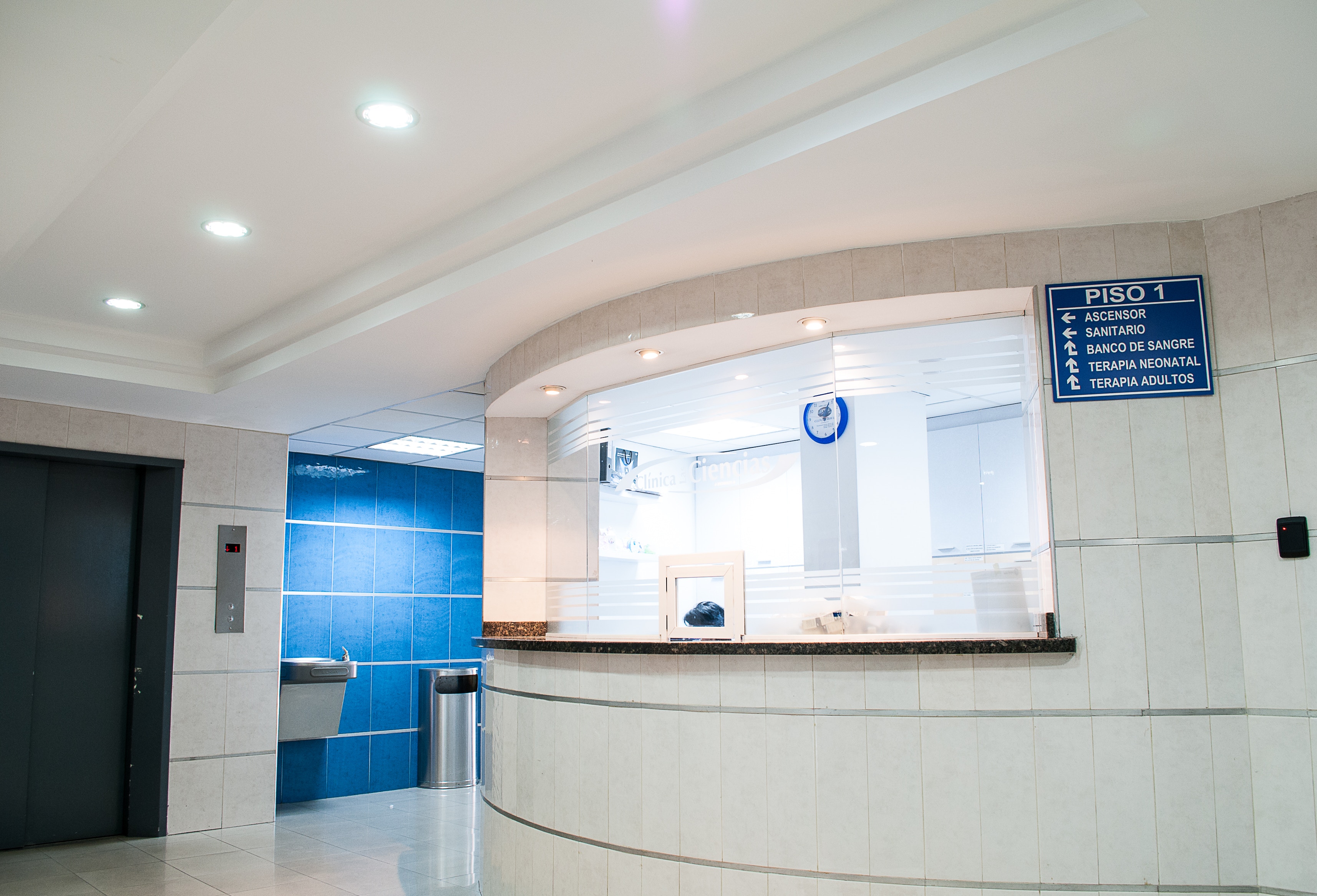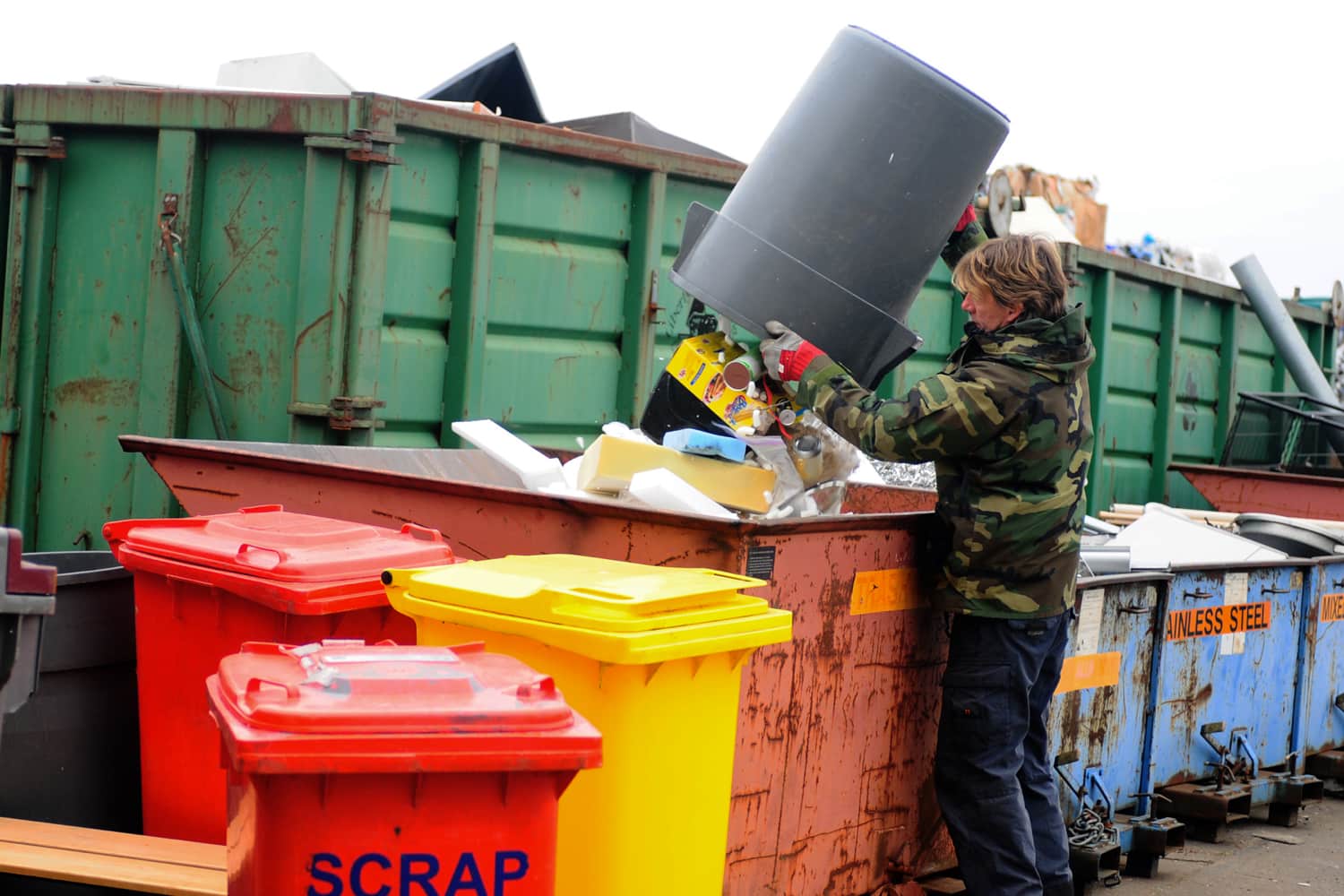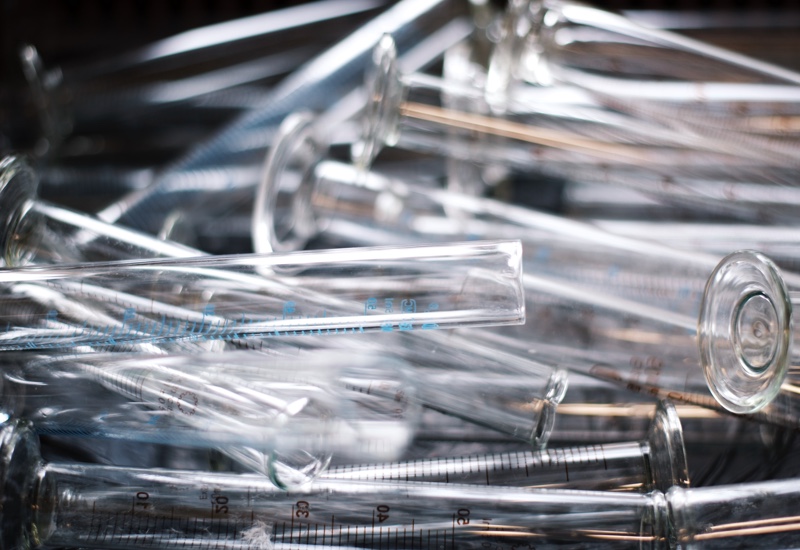10 Hassle-Free Waste Disposal Methods Hospitals Can Utilise
Waste management for hospitals is no easy task. From clinical and offensive waste to non-hazardous and domestic waste, every hospital is governed by stringent rules to ensure that all waste materials are disposed of in a safe and environmentally friendly way.
According to recent statistics, NHS hospitals in England spent £87 million on waste disposal in 2014 and 2015. In fact, it is believed that this cost has increased following the contract termination of a clinical waste company that was unable to fulfil the waste disposal needs of many hospitals across the country. Almost 20 hospitals are now paying over £10 million per year for clinical waste removal.

In addition to cost, waste management for hospitals must be dealt with in a certain way – and rightly so. While most types of hospital waste are governed by statutory guidelines (such as the Department of Health’s Safe Management of Healthcare Waste technical memorandum), there may be additional ways for the healthcare industry to utilise more efficient waste disposal methods.
Segregating hospital waste
Waste segregation for hospitals is a requirement in the United Kingdom and it’s important that clinical waste items are not mixed. To ensure that all waste items are safely disposed of, it is usually best to implement a system that encourages the proper disposal of clinical waste products in your institution.
Usually, this involves implementing a colour coded waste disposal system within all areas of your hospital. That means ensuring there are separate colour coded bins available within the hospital itself, as well as in any waste storage areas.
While this may seem like extra effort at the time of disposal, ensuring that waste is properly segregated can improve your carbon footprint, as well as reduce costs. More guidelines can be found in the Department of Health’s Safe Management of Healthcare Waste documentation.
Storing hospital waste
Last year, the problem of clinical waste storage made the news in what was described as the NHS waste scandal. This incident highlighted the importance of properly storing waste at hospitals, as well as how essential it is to transport waste to its final disposal destination as quickly as possible.
Improperly stored waste can pose a significant danger to your patients and the general public, particularly if this waste is marked as hazardous. To ensure that your hospital waste management system runs as smoothly as possible, it is important to have designated (and segregated) storage areas. If necessary, you may need to implement additional storage facilities, such as refrigerated waste areas, to make sure that your waste is inoffensive and safe.
It also goes without saying that waste disposal bins should be locked and that access to waste areas is controlled.
Preparing waste for disposal
As many hospital managers will know, many waste items cannot simply be placed in a designated bin. There are stringent rules and safety guidelines in place to ensure that waste is secure and properly prepared before being transported for disposal.

To make sure that your process is as hassle-free as possible, it’s a good idea to provide expert training to all in-house staff. This could include using the correct bags or receptacles, understanding the types of marks and labels used, wearing the right protective clothing and handling the waste items correctly.
Remember that it’s important to keep track of the waste you produce. The origin of your waste, any problems that have occurred with the waste and the route your waste has taken should be clearly marked on the storage container or bag.
Ensuring sharps are safe
Sharps waste poses an increased risk to those that come in contact with it. When preparing this type of waste for disposal, it will be important to ensure that you have all the right disposal equipment to hand. This includes secure sharps receptacles with colour coding to ensure you’re disposing of items correctly.
Remember that different rules apply for different types of sharps and their usage. For example, sharps that still contain medicines (whether partially or fully discharged) will need to be disposed of differently than those not contaminated with medical products.
Transporting hospital waste
Most hospitals will choose a fully trained and regulated medical waste transport service to remove waste items from the site. These types of contractors can make disposing of your waste easier, but it will be important to choose your transport service carefully.
The Carriage Regulations state that hospitals are responsible for arranging waste to be transported offsite. With this in mind, all waste will need to be properly documented, labelled and packaged. It also means that you should ensure that your transport service has all the legal requirements in place for removing your waste.
It’s worth bearing in mind that you may need different transport services for different types of clinical waste.
Waste treatment and disposal
Once your waste has been removed, it will need to be treated properly to make sure that it no longer poses a risk to the general public. For many types of clinical waste, this means incineration. However, there are other types of waste treatment available. These include:
- Pyrolysis
- Gasification
- Plasma technology
Some types of non-hazardous medical waste (like packaging that has not come into contact with harmful bacteria or some sanitary products) may go into landfill or to be recycled.
Decontaminating re-usable equipment
Not all hospital waste needs to be destroyed. Disinfection and decontamination of reusable items, where safe and appropriate, is a way to reduce your waste footprint for your hospital and reduce costs too.
Of course, it is important to ensure that the items selected for decontamination are suitable for this process and to use the right equipment or service to do so.
Some decontamination technologies include:
- Thermal disinfection solutions
- Autoclaves
- Steam auger
- Dry heat
- Microwaves
- Macrowaves
Disinfecting medical equipment and interiors
It’s also worth remembering that waste does not just include items that are placed in a designated disposal unit. Bodily fluids, spillages and kitchen waste require careful cleaning and management to reduce the risk to patients, staff and visitors.

It goes without saying that regular cleaning and disinfecting of medical equipment and the interior areas of your hospital is a must. When disposing of the by-product of these activities, it will be important to consider where this waste goes for disposal. Some can be discharged to the sewer, however others may need to be disposed of in a more specialised manner.
Managing general waste
As well as clinical waste, hospitals inevitably generate domestic waste from accommodating patients and staff. In fact, it is thought that approximately 85% of waste generated by healthcare institutions is general, non-hazardous waste. With this in mind, it will be important to carefully consider how this waste is stored and disposed of.
Clearly marked ‘general waste’ bins are a good starting point. These should be colour coded within your segregation system to ensure that the items are correctly disposed of. When storing general waste before collection, it may be useful to have waste technologies in place, such as balers, to save space improve efficiency.
Creating greener waste management
As hospitals endeavour to reduce costs and improve environmental friendliness, greener waste management is often at the top of the list for decision makers. In fact, it is believed that approximately 40% of all public sector emissions are from the NHS. It’s no surprise, then, that tackling recycling and waste reduction is considered a priority.

Most hospitals have domestic and clinical waste streams implemented and this is thought to help reduce improper segregation as well as improve recycling efforts.
Staff training can also help to improve your institution’s recycling efforts. Evidence has suggested that recyclable items are being placed in hazardous waste bins due to a lack of confidence or knowledge in whether or not they are safe to dispose of as general waste.
While hospital waste management is certainly not a simple process, there are plenty of ways to ensure that your institution abides by national regulations while improving efficiency. From implementing better recycling systems to improving your waste segregation, you’ll find that taking these steps will help to reduce hassle in the long-term.

